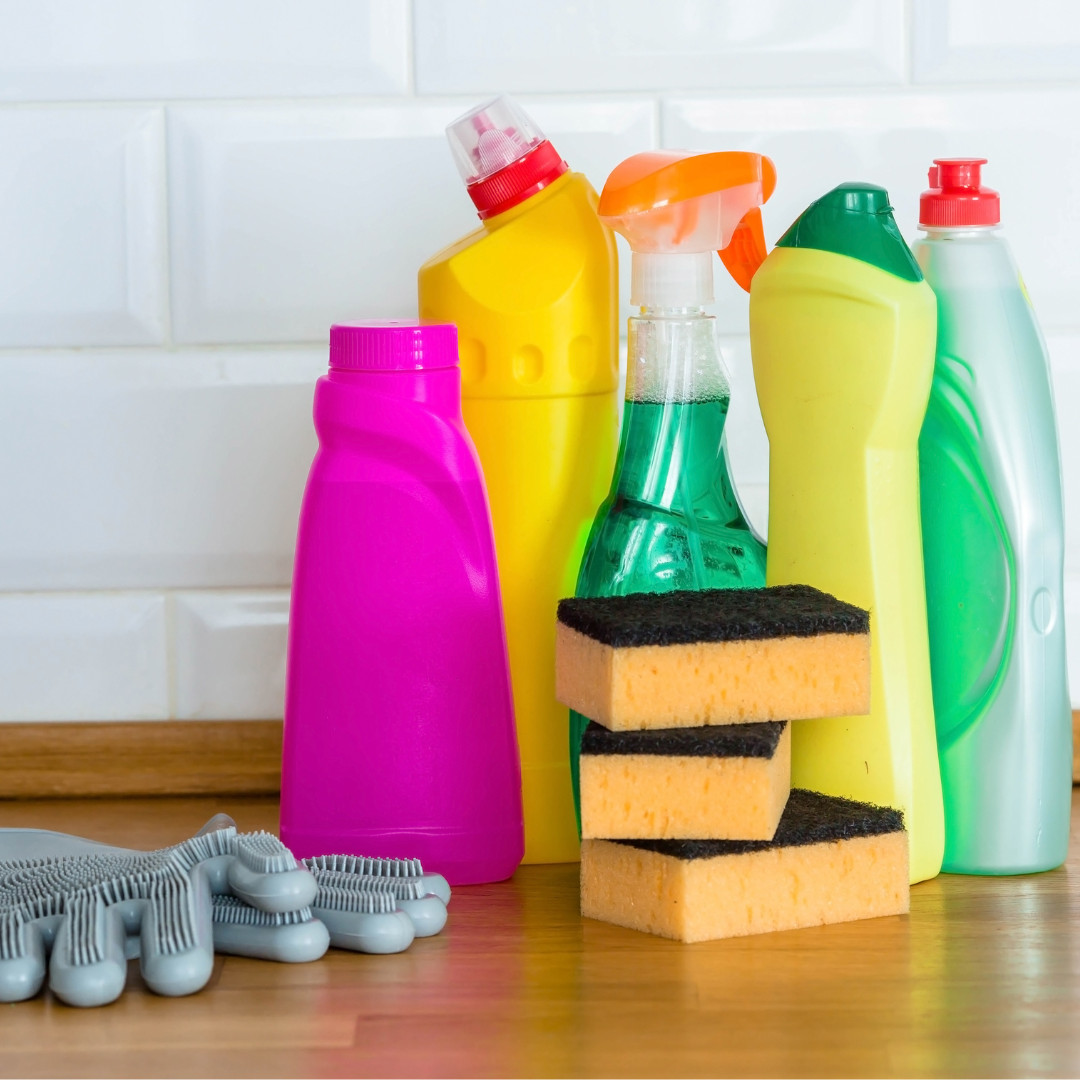
When we buy commercial cleaning products, we expect them to do one thing: clean! We use a wide array of scents, soaps, detergents, bleaching agents, softeners, scourers, polishes, and specialized cleaners for bathrooms, glass, drains, and ovens to keep our homes sparkling and sweet-smelling. However, while the chemicals in cleaners foam, bleach, and disinfect to make our dishes, bathtubs and counter tops gleaming and germ-free, many also contribute to indoor air pollution, are poisonous if ingested, and can be harmful if inhaled or touched. In fact, some cleaners are among the most toxic products found in the home. In 2000, cleaning products were responsible for nearly 10% of all toxic exposures reported to U.S. Poison Control Centers, accounting for 206,636 calls. Of these, 120,434 exposures involved children under six, who can swallow or spill cleaners stored or left open inside the home. Cleaning ingredients vary in the type of health hazard they pose. Some cause acute, or immediate, hazards such as skin or respiratory irritation, watery eyes, or chemical burns, while others are associated with chronic, or long-term, effects such as cancer.
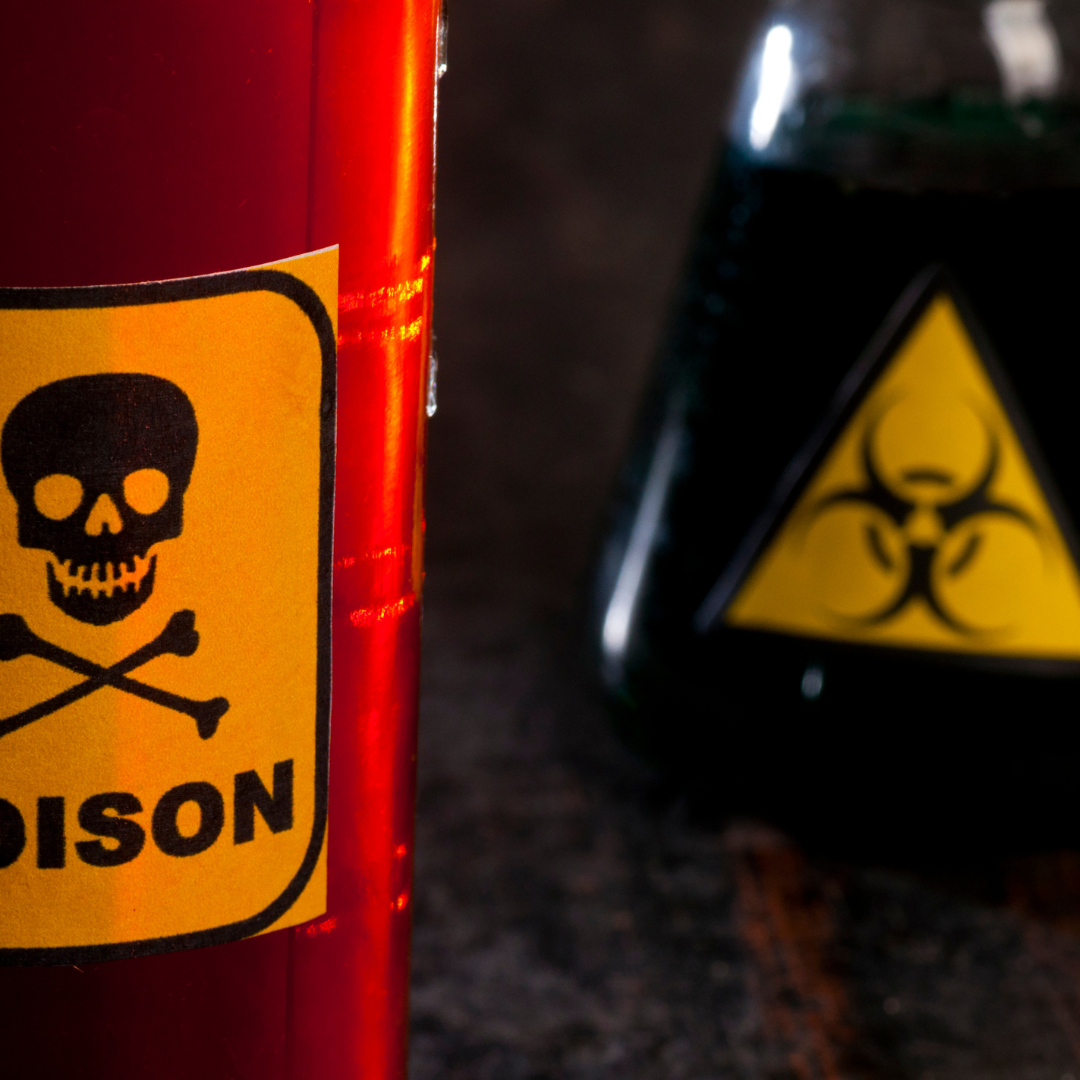 The most acutely dangerous cleaning products are corrosive drain cleaners, oven cleaners, and acidic toilet bowl cleaners, according to Philip Dickey of the Washington Toxics Coalition. Corrosive chemicals can cause severe burns on eyes, skin and, if ingested, on the throat and esophagus. Ingredients with high acute toxicity include chlorine bleach and ammonia, which produce fumes that are highly irritating to eyes, nose, throat and lungs, and should not be used by people with asthma or lung or heart problems. These two chemicals pose an added threat in that they can react with each other or other chemicals to form lung-damaging gases. Combining products that contain chlorine and ammonia or ammonia and lye (in some oven cleaners) produces chloramine gases, while chlorine combined with acids (commonly used in toilet bowl cleaners) forms toxic chlorine gas.
The most acutely dangerous cleaning products are corrosive drain cleaners, oven cleaners, and acidic toilet bowl cleaners, according to Philip Dickey of the Washington Toxics Coalition. Corrosive chemicals can cause severe burns on eyes, skin and, if ingested, on the throat and esophagus. Ingredients with high acute toxicity include chlorine bleach and ammonia, which produce fumes that are highly irritating to eyes, nose, throat and lungs, and should not be used by people with asthma or lung or heart problems. These two chemicals pose an added threat in that they can react with each other or other chemicals to form lung-damaging gases. Combining products that contain chlorine and ammonia or ammonia and lye (in some oven cleaners) produces chloramine gases, while chlorine combined with acids (commonly used in toilet bowl cleaners) forms toxic chlorine gas.Fragrances added to many cleaners, most notably laundry detergents and fabric softeners, may cause acute effects such as respiratory irritation, headache, sneezing, and watery eyes in sensitive individuals or allergy and asthma sufferers. The National Institute of Occupational Safety and Health has found that one- third of the substances used in the fragrance industry are toxic. But because the chemical formulas of fragrances are considered trade secrets, companies aren’t required to list their ingredients but merely label them as containing “fragrance.”
Other ingredients in cleaners may have low acute toxicity but contribute to long-term health effects, such as cancer or hormone disruption. Some all-purpose cleaners contain the sudsing agents diethanolamine (DEA) and triethanolamine (TEA). When these substances come into contact with nitrites, often present as undisclosed preservatives or contaminants, they react to form nitrosamines - carcinogens that readily penetrate the skin. 1,4-dioxane, another suspected carcinogen, may be present in cleaners made with ethoxylated alcohols. Butyl cellosolve (also known as ethylene glycol monobutyl ether), which may be neurotoxic (or cause damage to the brain and nervous system), is also present in some cleaners.

Chemicals that are so-called “hormone disruptors” can interfere with the body’s natural chemical messages, either by blocking or mimicking the actions of hormones. Possible health effects include decreased sperm counts, increased rates of male birth defects such as cryptorchidism (undescended testicles) and hypospadias (where the urethra is on the underside of the penis), and increased rates of some kinds of cancers. The alkylphenol ethoxylates (APEs) used in some detergents and cleaners have been shown to mimic the hormone estrogen; one APE, p-nonylphenol, has caused estrogen- sensitive breast cancer cells to multiply in a test tube study.”
Instead, replace all your harsh chemicals in your home with one product—Young Living's trusted Thieves Household Cleaner. Formulated with all the power of nature and infused with pure, authentic Young Living essential oils, this versatile solution is created with naturally occurring surfactants derived from coconut and sugars and can be used on virtually any surface in your home. With this ultra-concentrated, economical formula, all you need to create an entire bottle's worth of effective cleaner is a single capful and water. With simple, plant-based ingredients that leave behind no chemical residue, and a warm, spicy aroma like no other, Thieves Household Cleaner empowers you to thrive in a new and inspired toxic-free lifestyle.
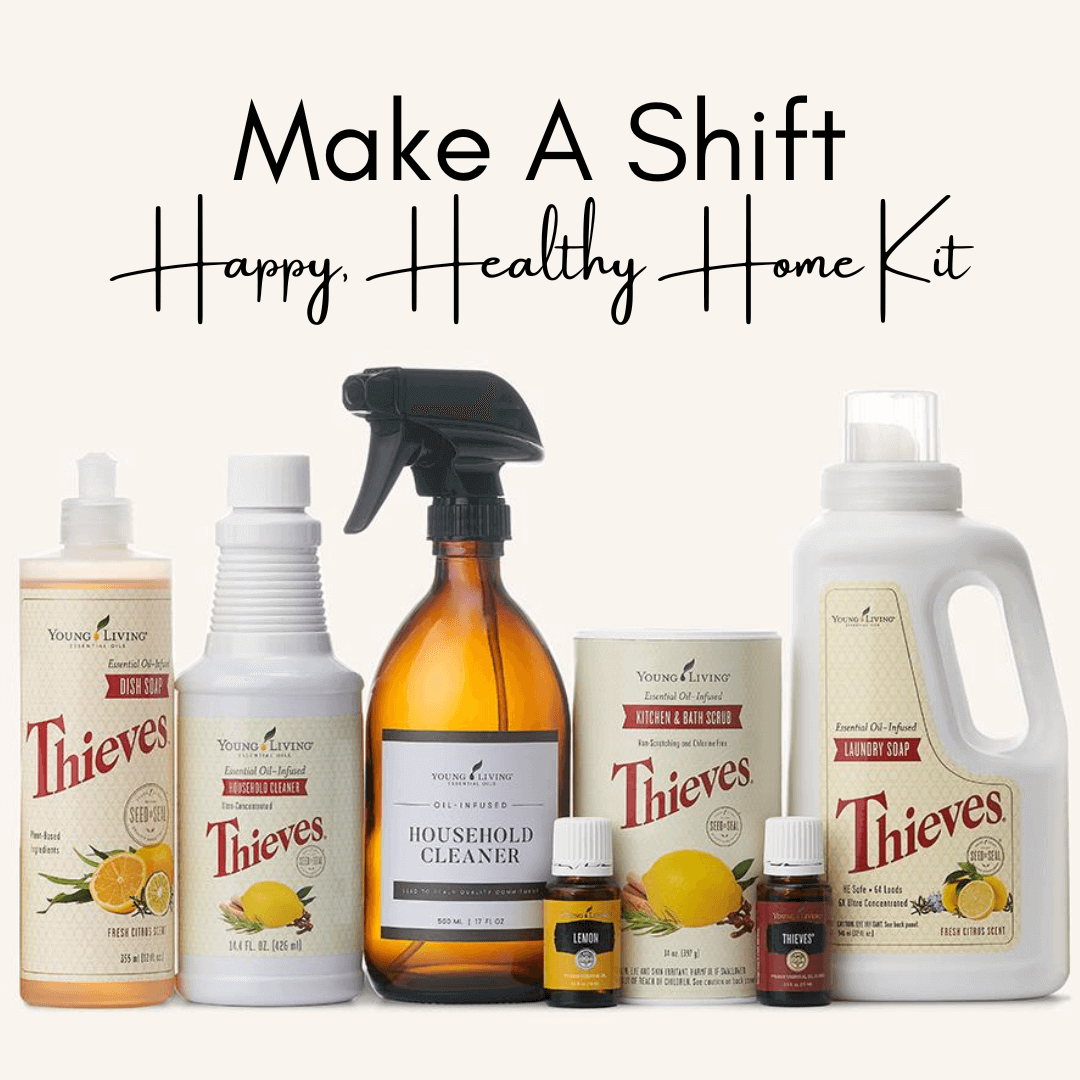
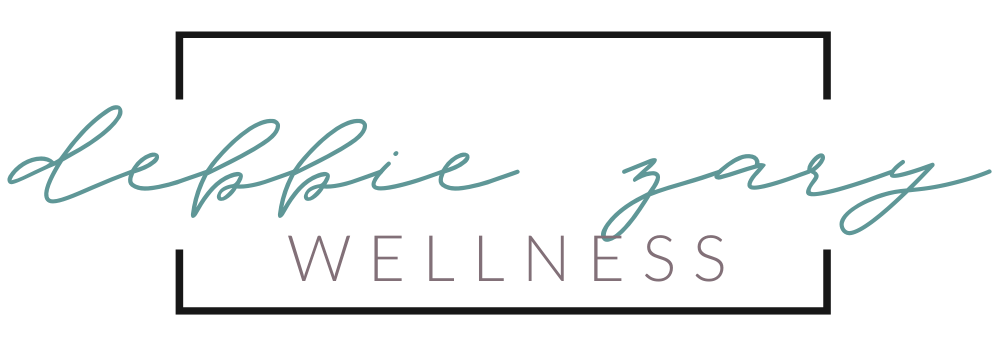


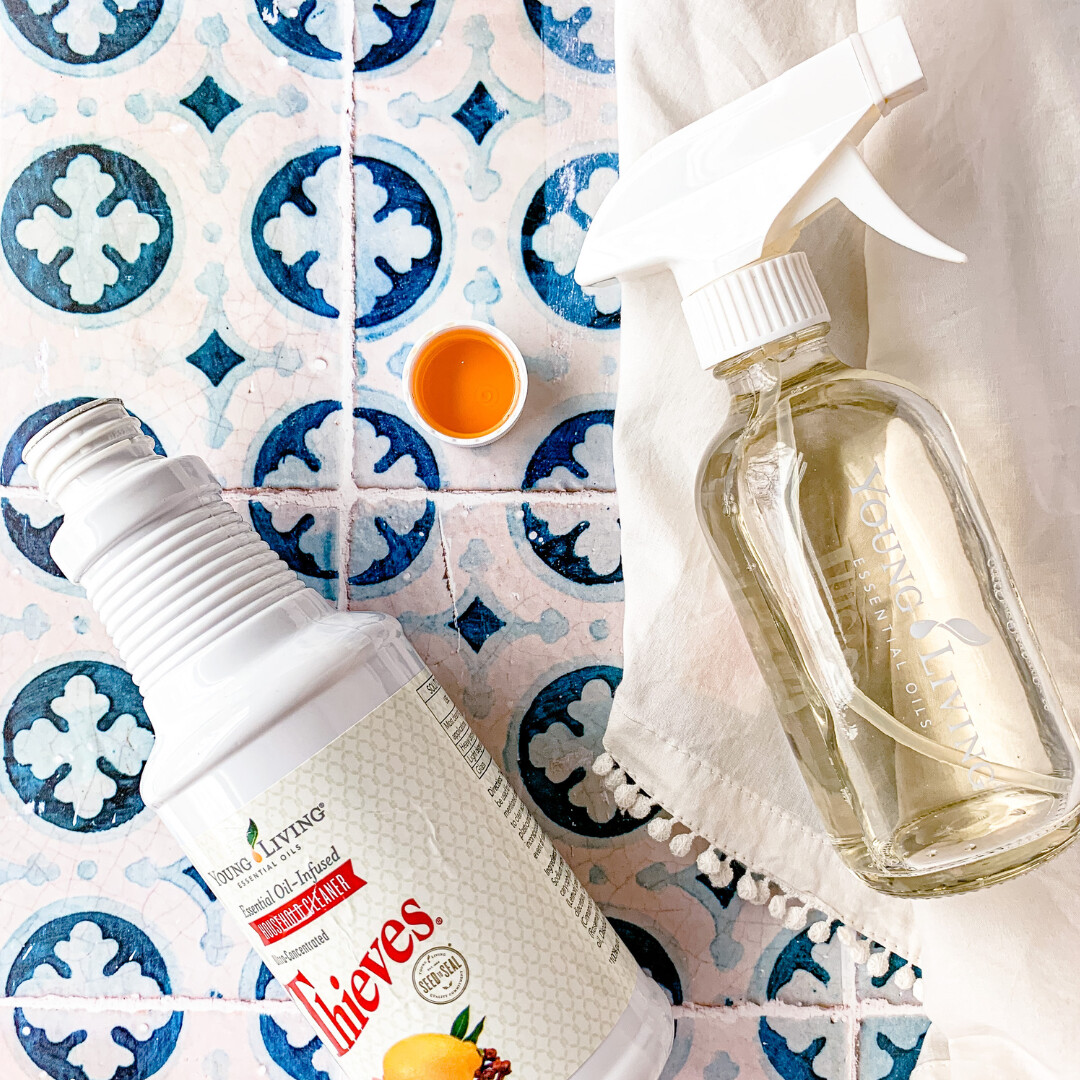




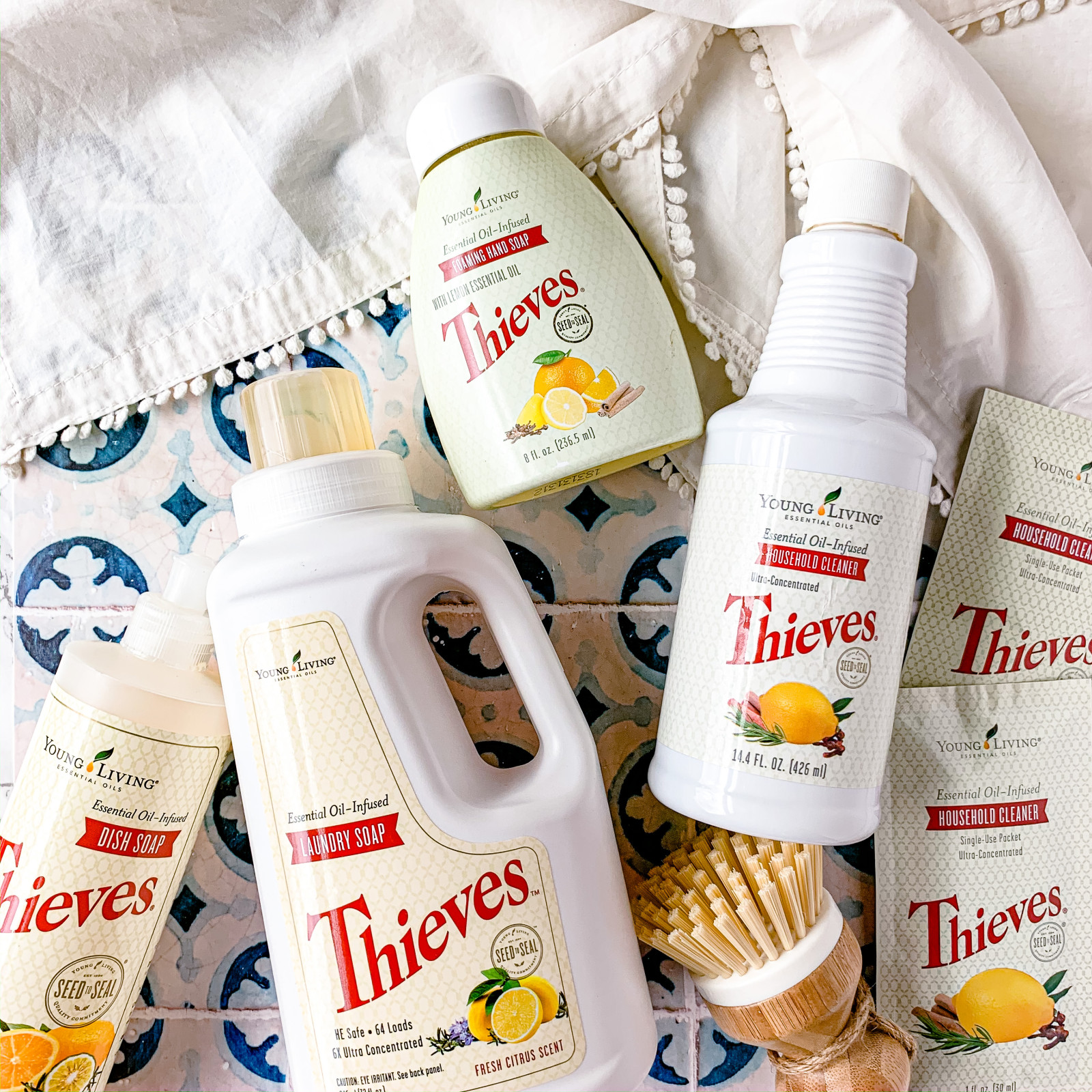


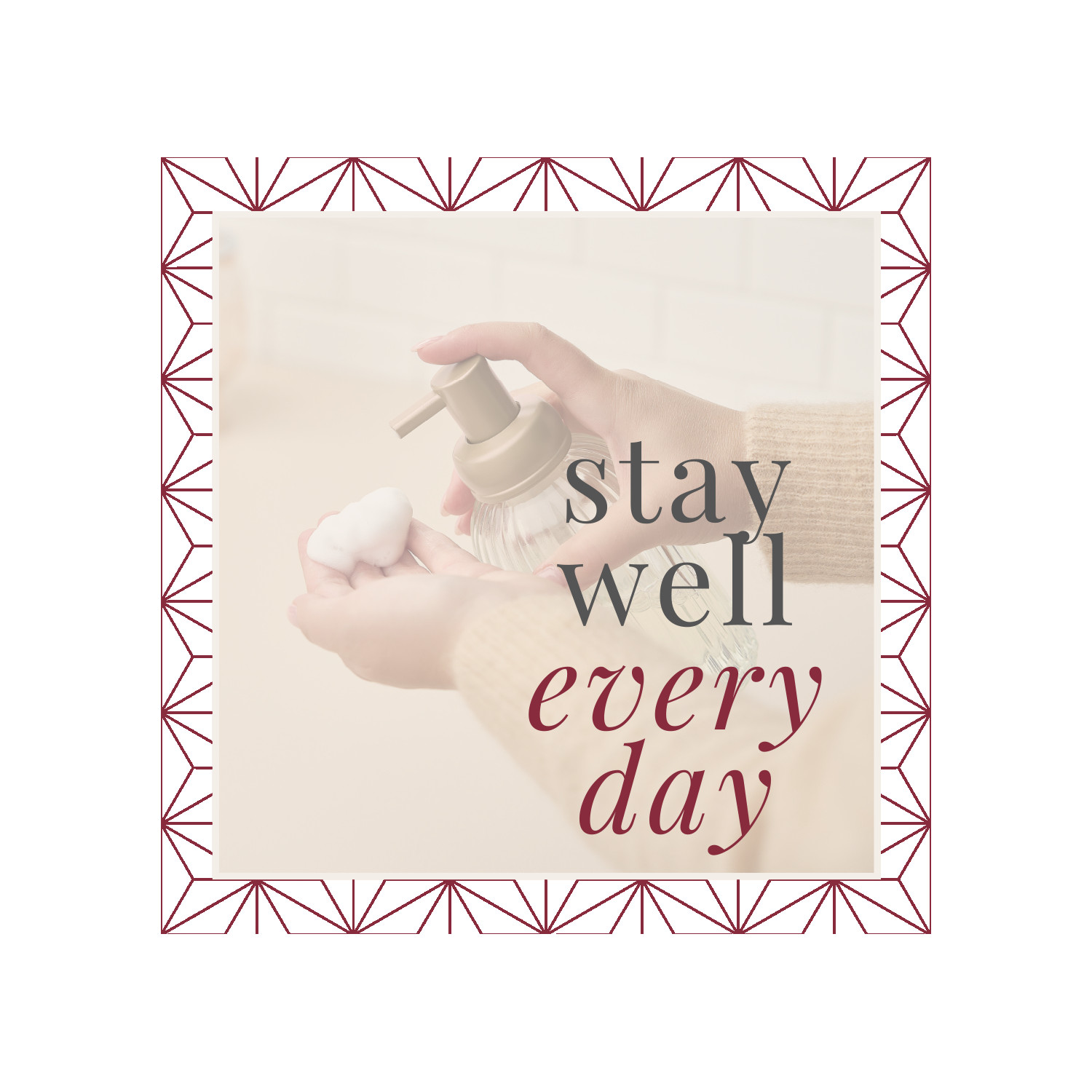



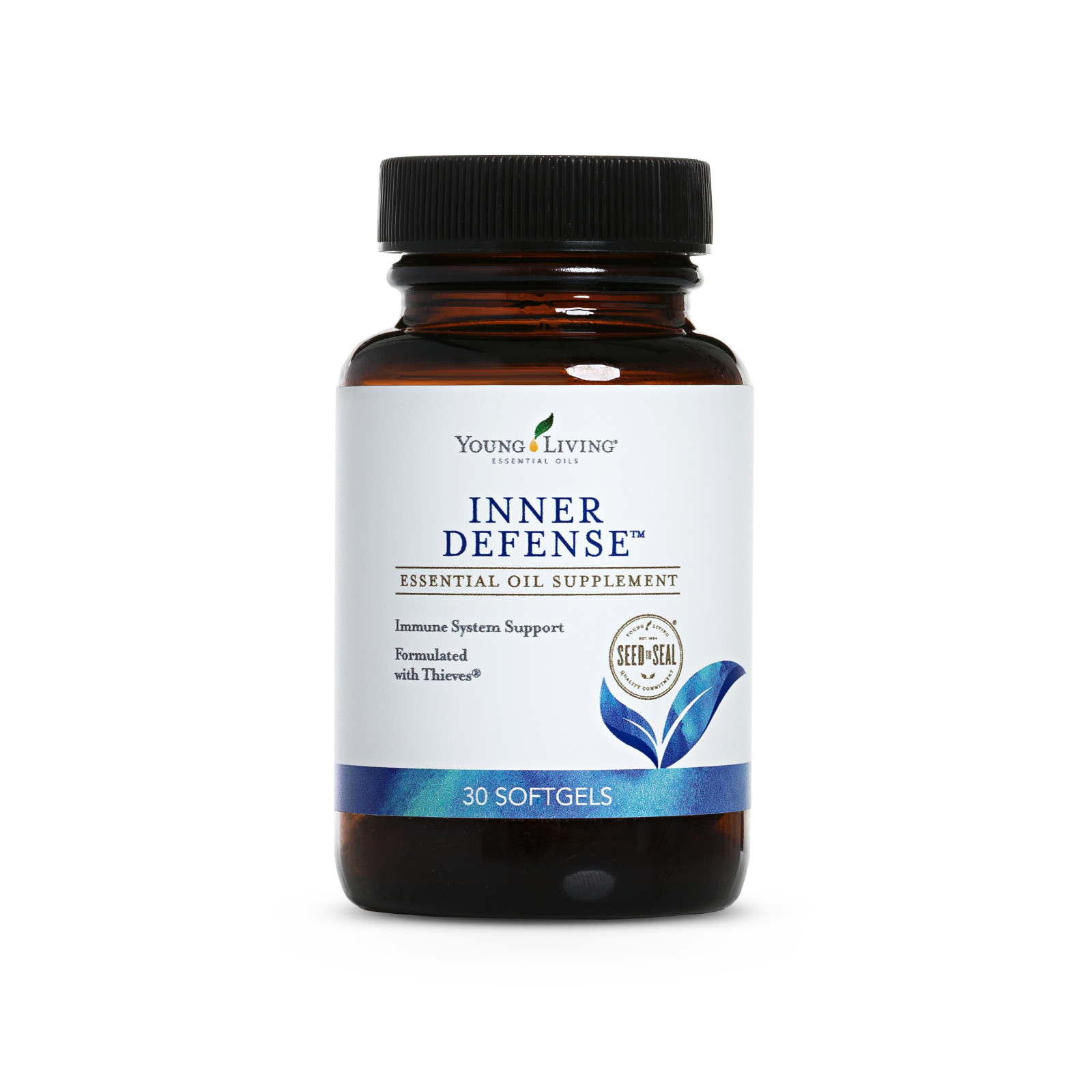

0 Comments